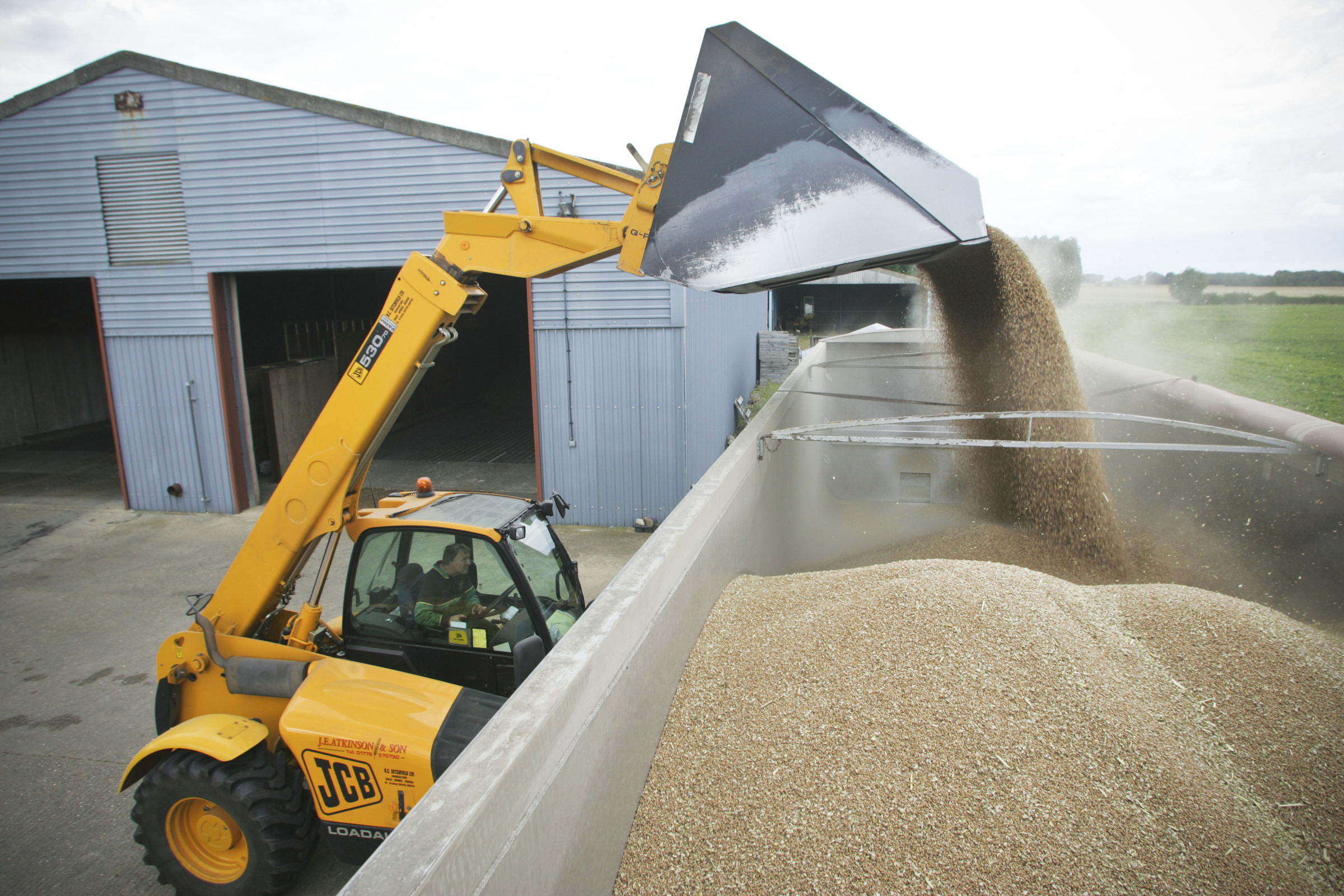Wheat exports at a 12 year low
Posted by Anderson Grain Marketing on Mar 19, 2013 in AGM News | 0 comments
Last week was another generally bearish week for the grain markets. Old crop post-USDA trading opened slightly lower last Monday Morning (11th March) and values continued to drift throughout the course of the week. As for new crop values, the London LIFFE November 2013 wheat future closed unchanged last week although we did see a slight mid-week price spike.
The London LIFFE March 13 wheat future closed at £194.65/T on Friday evening (15th March) – £1.60/T lower than the week previous. Values are also little unchanged in opening trade this morning with current ex-farm values for spot collection feed wheat around the £192/T mark. Trade volumes have been slightly better over this last week with many farm-sellers opting to secure at least a portion of their remaining feed wheat whilst values “still have a ‘2’ in front of them!”.
Milling wheat trade has continued to be thin as end-users continue to opt for an imported alternative (see below). For those that are looking to buy, tonnages are minimal and are often for spot collection – with far thinner premiums than we have seen in recent weeks. Buyers of group 4 varieties, particularly hard varieties are generally unheard of and those buying group 3 varieties are barely offering a £10/T premium. As for group 1 and some group 2 varieties, low specification wheats would probably make a £12-15/T premium whilst full specification wheats should (in theory) make around £20/T – but once again you need a buyer for this to apply!
January’s import/export data from HMRC (courtesy of the HGCA – please see online for more information) were released towards the end of last week. Wheat imports in January are reported at 269,000/T – this brings the season’s confirmed total so far (July 2012-Jan 2013) to 1.61M/T. Germany continues to be the main origin of wheat imported to the UK after a further 104,000/T (the majority of which is high protein milling wheat) arrived in January. Other notable contributors were France (with 61,000/T), Estonia (26,000/T) and Denmark (22,000/T).
Exports of wheat totalled just 18,000/T in January, the lowest monthly export figure since 2001. Cumulative wheat exports for the season so far (July 2012-Jan 2013) total just 530,000 – 1.84M/T had been exported by this stage last season (July 2011-Jan2012).
Looking ahead, Strategie Grains cut their EU-28 soft wheat production forecast for the coming season by 0.6M/T, bringing this season’s expected total to 131.6M/T (see agrimoney.com). This represents a 3.4M/T reduction since their first estimates (released in late November), but remains 5% higher than this seasons output. The UK accounted for 0.3M/T of the 0.6M/T downgrade as our production potential was cut to 12M/T – “rather optimistic in the opinion of many growers”. The analysis group added that crops in the ground in Eastern Europe are in a “generally good condition”, but that the lack of snow cover could potentially cause some problems later in the season as many plants are currently exposed to “unseasonally low temperatures”.
Current new crop values then stand around the £172/T ex-farm mark for harvest collection whilst November movement would offer somewhere between £174-7/T ex-farm. New crop feed barley values have maintained their £12/T discount to feed wheat with current values around £160/T ex-farm for harvest collection. Malting premiums are high, particularly for some selected spring varieties – please get in touch with the office for more information.
Meanwhile, Old crop OSR values have been fairly volatile over the last week; prices peaked mid-week at around £388/T ex-farm but have since retreated back to the £370T ex-farm position. Export delays over in Brazil are beginning to ease and are gathering some serious pace – apparently 1M/T was exported last week. Now that this Brazilian soybean crop has turned out to have yielded fairly well (or at least in line with expectations) and any initial logistical issues have been eased – market focus will now be looking to Argentina to provide any support to our equivalent OSR values. With the soybean crop there set to not yield as well as Brazil’s – AND the fact that Argentine farmers are reluctant to sell given the current strength of their local currency, there could be some potential of price support yet.
As for new crop OSR, current values are trading at a fairly large discount to old crop at around £345/T ex-farm for harvest collection. Although new crop prospects in the UK remain uncertain (particularly given the amount of rainfall we have received over the weekend), production potential in Eastern Europe looks fairly positive, adding a downward pressure to values.
